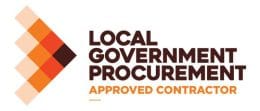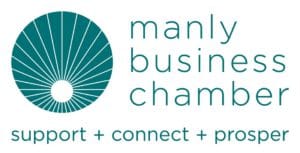Job Seekers
https://www.optimalrecruitment.com.au/wp-content/uploads/2021/09/Performance-blog-thumbnail.png
1080
1080
julie
https://www.optimalrecruitment.com.au/wp-content/uploads/2020/07/logo_brochure_01-260x141.png
julie2021-09-09 05:02:382023-08-23 02:48:26Blindsided by a poor performance review? What to do next . . .
https://www.optimalrecruitment.com.au/wp-content/uploads/2021/08/stagnant-salary-thumbnail.png
1080
1080
julie
https://www.optimalrecruitment.com.au/wp-content/uploads/2020/07/logo_brochure_01-260x141.png
julie2021-08-26 03:21:102023-08-23 02:49:21Stagnant Salary? Should You Consider Leaving Your Job?
https://www.optimalrecruitment.com.au/wp-content/uploads/2021/07/linkedin-profile.png
1080
1080
julie
https://www.optimalrecruitment.com.au/wp-content/uploads/2020/07/logo_brochure_01-260x141.png
julie2021-07-16 01:07:492025-01-27 23:50:5210 Tips for Building a Compelling LinkedIn Profile
https://www.optimalrecruitment.com.au/wp-content/uploads/2021/06/thimbnail-video-cv.png
1080
1080
julie
https://www.optimalrecruitment.com.au/wp-content/uploads/2020/07/logo_brochure_01-260x141.png
julie2021-06-23 08:29:002023-08-23 02:54:02Top Tips for Making a Winning Video Resume
https://www.optimalrecruitment.com.au/wp-content/uploads/2021/04/Are-you-manager-material-1200-x-628-Website-Blog-Image-.png
1080
1080
julie
https://www.optimalrecruitment.com.au/wp-content/uploads/2020/07/logo_brochure_01-260x141.png
julie2021-04-27 04:49:092023-08-23 02:55:16Are You Manager Material ?
https://www.optimalrecruitment.com.au/wp-content/uploads/2021/04/how-to-get-payrise-you-deserve-1200-x-628-Website-Blog-Image-.png
1080
1080
julie
https://www.optimalrecruitment.com.au/wp-content/uploads/2020/07/logo_brochure_01-260x141.png
julie2021-04-07 23:43:212023-08-23 02:56:24Are You Getting Paid What You Deserve? If Not, What Can You Do About It?
https://www.optimalrecruitment.com.au/wp-content/uploads/2021/03/How-to-Get-the-Promotion-You-Want-in-2021-1200-x-628-Website-Blog-Image.png
1080
1080
julie
https://www.optimalrecruitment.com.au/wp-content/uploads/2020/07/logo_brochure_01-260x141.png
julie2021-03-23 00:47:422023-08-23 02:59:43How to Get the Promotion You Want in 2021
https://www.optimalrecruitment.com.au/wp-content/uploads/2021/03/Q-not-to-ask-fewatured-pic.png
1080
1080
julie
https://www.optimalrecruitment.com.au/wp-content/uploads/2020/07/logo_brochure_01-260x141.png
julie2021-03-19 01:40:382021-03-19 01:40:38What not to ask in a Job Interview – 28 Questions to Avoid
https://www.optimalrecruitment.com.au/wp-content/uploads/2021/03/How-to-find-work-as-a-mature-age-worker-website-THUMBNAIL.png
1080
1080
julie
https://www.optimalrecruitment.com.au/wp-content/uploads/2020/07/logo_brochure_01-260x141.png
julie2021-03-09 23:09:352024-11-28 07:05:00How to Find a New Role as a Mature-Age Job Seeker
https://www.optimalrecruitment.com.au/wp-content/uploads/2021/01/version-8-600-x-314.png
314
600
julie
https://www.optimalrecruitment.com.au/wp-content/uploads/2020/07/logo_brochure_01-260x141.png
julie2021-01-20 23:28:412021-02-11 01:54:25Why it’s Never a Good Idea to Accept a Counteroffer
 Optimal Recruitment
Optimal Recruitment














